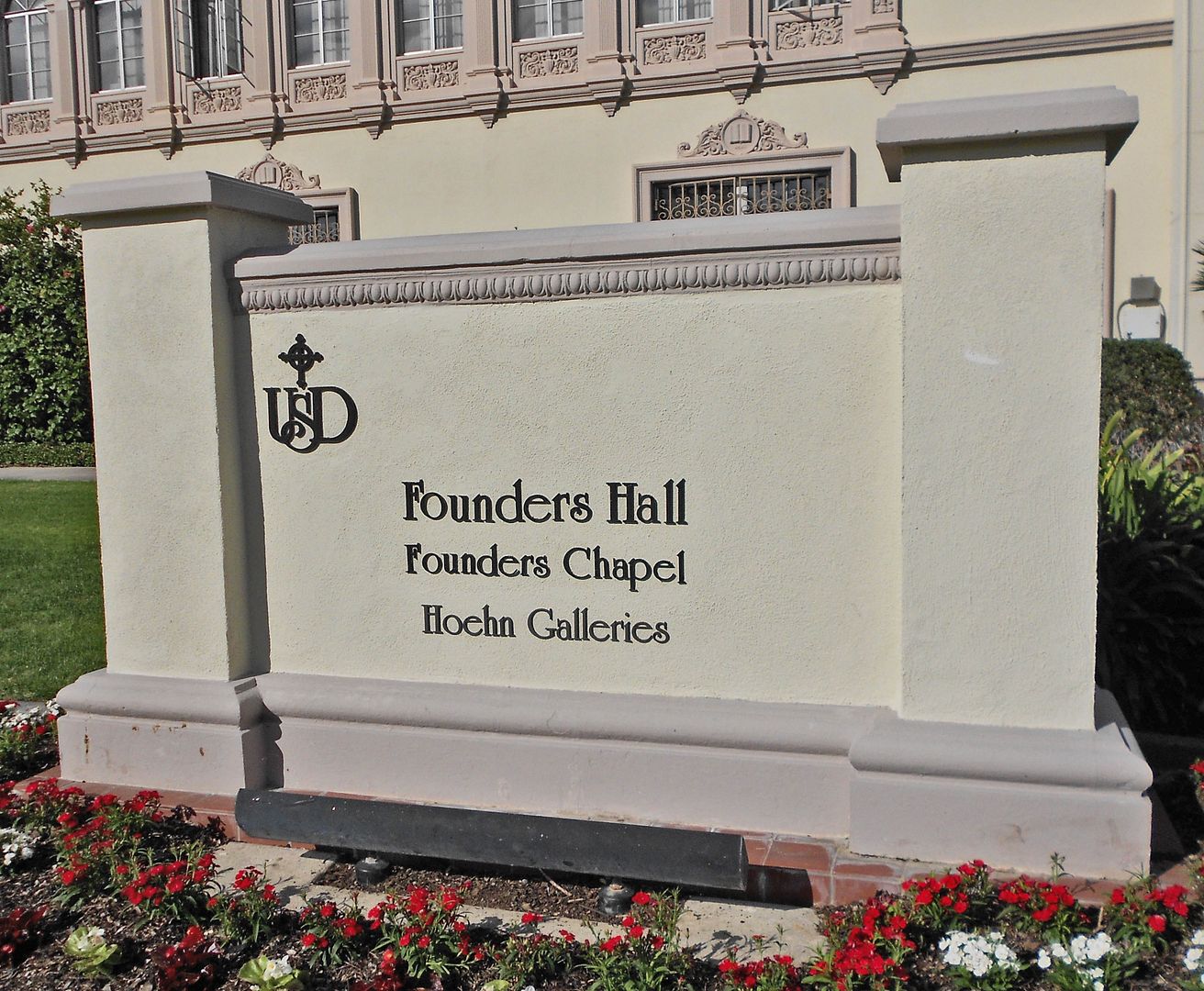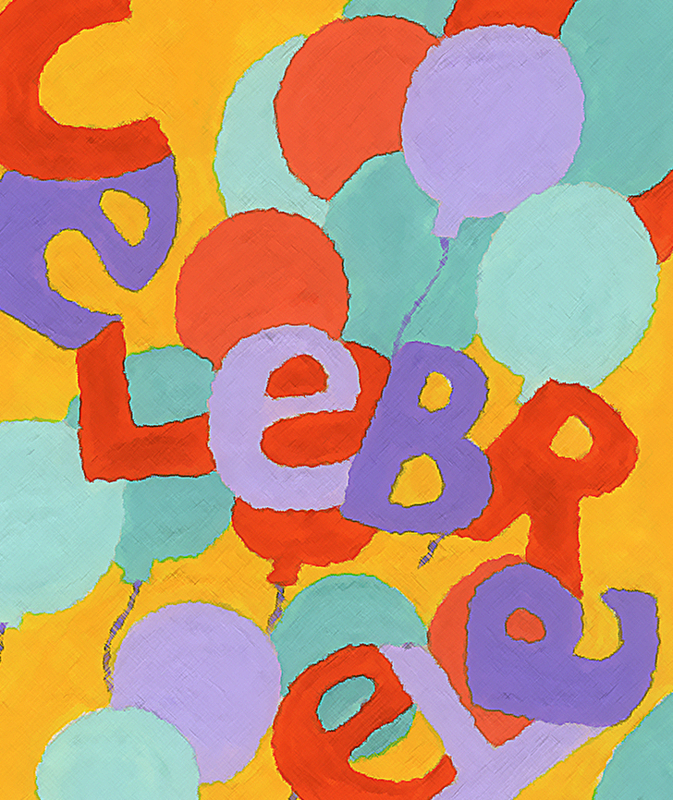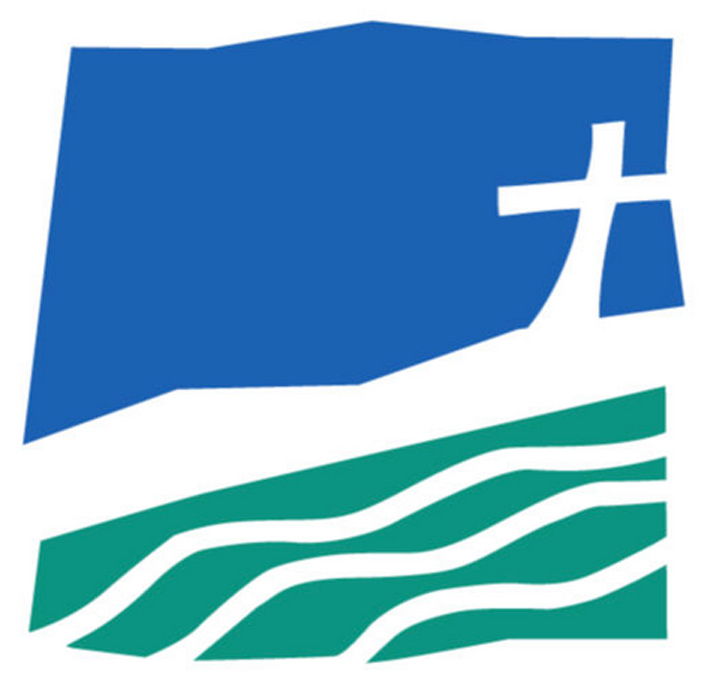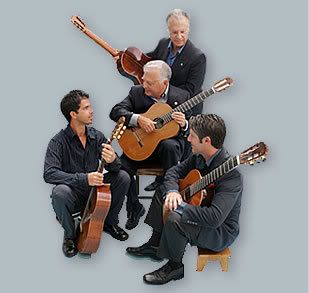Description
The
conference site describes Orientale Lumen:
Started in 1997 in Washington, DC, these ecumenical conferences are a "grass roots" movement among lay persons and clergy to provide a forum for Christians to learn about the "light from the east." They allow Eastern Orthodox, Eastern Catholics and Roman Catholics to meet and pray together, learn from each other's traditions, and become friends together searching for a common goal: "that they all may be one" in the One Church of Christ.
Open to the public, these conferences provide an opportunity for Roman Catholics, Eastern Orthodox, and Eastern Catholics to gather, discuss and learn about their respective traditions. They include presentations by scholars and theologians, liturgical celebrations of many varieties, and opportunities for everyone to learn from each other and participate in a "dialogue of love and understanding."
Consideration, Anticipation
Due to the generosity of Father George Morelli, an Antiochian Orthodox priest who serves on our Faith, Order and Witness Committee of the San Diego Ecumenical Council, this past Wednesday I got to attend an entire day of the Orientale Lumen Conference XI West that meets annually at the
University of San Diego! As soon as I realized Orientale Lumen Conferences existed, which happened several years ago when I was at USD for a FOW meeting, I thought it would be a wonderful experience, but even a single day is a hefty $125.00, putting it out of the average person's price range.
Having Father George on FOW has started opening up the new-to-me world of non-Western Christianity. I've long loved the little I've known about their emphases on the integrity of creation and on theosis – which seems broader than the way we talk about sanctification in the West – rather than atonement, but I'd read close to nothing and never had attended an Orthodox liturgy.
Preparation
Tuesday evening I got anxious about whether or not to cover my head for the liturgy that would start the day; I knew I could wear something garish if I attended a Roman Catholic liturgy at the Immaculata Parish on the USD campus, but this was going to be something else, and I wanted to be (atypically) reserved. I'd already decided to wear the very modestly below-the-knees fine-wale stone and tan corduroy embroidered Faded Glory skirt I got last winter on the ultra-bargain rack at Walmart with a camel color tiny-striped long-sleeve cardigan sweater from Targét—or should that be Tar-Jay, since I'm all of 50% ghetto, according to an online quiz?! To solve my headgear perplexity, I discovered a
helpful blog from Emma an orthodox woman, so I packed a pale blue silk floral scarf with silver threads interwoven through its flowers.
Actualization, Celebration
Liturgy

Well, I did arrive a little late...due to being ill too many mornings. My blog readers can search to find particular details, so I'll include only some of my impressions here. I walked into Founder's Chapel during the canon just as the celebrant was reciting the
Verba. Their consistently addressing God with
You and
Your rather than
Thou and
Thine surprised me! However, the amount of chanting - some very harmonic - didn't surprise me. After the distribution (yes, they announced, "As a reminder, only Orthodox Christians who have prepared may receive..."), at least a kilo of highly aromatic incense drifted up to the ceiling and probably to heaven, too. At liturgy's formal end I heard, "That they may all be one" [John 17:21], so dear to my heart from the
United Church of Christ and its logo.
Then at the formal finish of the liturgy it was time for something else I'd happily anticipated, since I knew I couldn't take the sacrament: the...
Antidoron
This link explains,
The prosphora, or loaf of bread from which the Lamb is taken, is called the Antidoron which means "instead of the gift." According to Tradition this is received after the dismissal by those who were not prepared for or could not receive Holy Communion. It is a symbol of the Theotokos from which Christ (the Lamb) came and is reserved for Orthodox Christians.This Antidoron will be set by the Holy Water near the solea.
(I found the non-eucharistic, not-formally sacramental bread salty, yeasty and not particularly memorable.) From Wikipedia:
it is blessed and distributed after every Divine Liturgy. After the Prothesis, the remainder of the prosphora is cut into fragments and kept aside in a bowl or salver during the celebration of the Liturgy. At the conclusion of the Liturgy, they are distributed to the faithful.
The Wikipedia article also explained,
For instance, it is the custom in many Orthodox parishes to distribute the antidoron to visitors and catechumens as a sign of fellowship, or to bring a few pieces home to a relative who could not attend liturgy.
This time they announced, "This much we can share!"
As someone who not only thinks theologically most of the time, but who also often inspects and dissects appearances and experiences with social-scientific tools and vocabulary, I'm wondering if post-worship or between-the-services coffee hour in our mainline and other churches qualifies as a type of antidoron?
Plenary IV
Metropolitan Gerasimos from the Greek Orthodox Metropolis of San Francisco, Greek Orthodox Church of North America presented an illustrated talk on "Byzantine Iconography and the Formation of a Christian World View." His talk was wonderful: clearly presented, detailed and interesting, with lots of information I didn't know. A few quick notes: toward the start, he mentioned "orthodox reservations about Byzantine-rite Catholics"; he quoted poet Toni Morrison: "The arts help us name our world and comprehend it." A bit about icons: circa 200, a new Christian style evolved from the Greek, characteristically depicting a static figure with a generic face consisting of stylized (my word) eyes and halos posed in abstract surroundings, basically delineating both unique human specificity and generic commonality abstraction—stylization intertwined and comingled along with (in, with and under?) the real. He suggested this combination "Speaks to theosis" with the corporality of subjects that have been transfigured by relationship to God, quoting the familiar, "God became human so that humans might become God"; deification of humans and of all creation. As Metropolitan Gerasimos insisted, we have been "conceived as eschatological beings." You know I love to mention Martin Luther's theology of the ubiquity, the everywhereness of the risen and ascended Christ!
More icon-speak: by the 6th century, the Monastery of St. Catherine of Sinai in Egypt had icons still modeled on pre-Christian forms, essentially pictures of pagan gods. Besides those pre-Christian influences, later icons bring characteristics found in Roman portraits. He showed us a St. Peter that combines both styles from the (recent? still current? I never got to it) Getty exhibit J. As His Eminence insisted, the icon, an icon, presumably
any icon, leads to a direct encounter between the person (saint and/or sinner) depicted and the observer—just as in Jesus Christ and Christianity we encounter God directly; Baptism and the Eucharist also replicate this type of meeting. He spoke of the icons as "mired in abstraction" yet we "lock eyes with the icon," also citing the sometime human desire for "no spiritual authority other than ourselves...a fear of vulnerability...gazing up to God." In addition, with the icon, people may "engage in a much-needed self-evaluation," yet icons bring to us "gifts of silence and stillness" for cultivating inner peace.
On a fascinating artistic note, in Byzantine iconography there is no explicit light source; it's not about the natural law of optics but about centrifgual light that dispels shadows to the margins; light become centripetal, photomorphopoetic (brand new word for me). The icon we viewed from
St. Demetrios Greek Orthodox Church in Concord, CA shines "with uncreated light." Metropolitan Gerasimos contrasted "incomparable" Caravaggio, near-absolute master of light, but in a more conventional sense, and the sense of intimacy in his paintings of the Luke 24 Emmaus incident, versus the "openness" of the contemporary United States of (North) America interpretation. He also described icons as an "echo of the Paschal invitation," giving us a "foretaste of theosis" and the "deification of creation" as the HS permeates, illumines and enlightens the glorifed Christan in deified space: essentially, the "eschaton present today!" I wrote down all these and a lot of the other phrases and words in this blog, but don't have them exactly in clear sentence form, so some of my "quotes" are more like close approximations.
Another artistic note: with a 12th century St. Catherine's, Sinai, icon of the Annunciation, Metropolitan Gerasimos explained multiply combined visual perspectives and demonstrated how iconographers put multiple perspectives all together; seeing in this manner protects us from fragmentation in every area of life; it's "anti-hyper-modernity."
Faith, Order & Witness Meeting
During lunchtime the committee members who were present and a pair of ecumenical shepherds brought the meals we'd bought in the MarketPlace or another USD feeding trough into one of the forum rooms where we watched a video recorded last November [2006] of Benedict XI, the current Bishop of Rome, participating in liturgy with his Orthodox counterpart, the ecumenical patriarch Bartholomew at the Church of St. George in Istanbul. I have far too much to learn and to take in as I continue exploring Eastern and other Orthodox expressions of Christianity, so I'll simply comment the liturgy was far from Reformed!
Bishop Kallistos of Diokleia, from Constantinople
Those of us who previously hadn't been able to view it watched the pre-recorded DVD right after lunch. This Bishop Kallistos guy hangs out at Oxford, UK; his style was a bit dramatic, but the visuals and sound of the recording were exceptionally good and he made some interesting points:
Bishop Kallistos explained an ikon is a "door" to an encounter, giving us a
theology of presence—"more than a window, rather a 2-way door, in which we become part of the landscape." He styled the iconostases in Orthodox worship areas as a frontier, a boundary between earth and heaven; a sacramental mediating reality the makes heaven (the eschaton) present to us here and now. Bishop Kallistos delineated human creature's uniqueness not as being tool-makers or thought-takers (or I don't remember the other options he suggested); rather, what makes us so different and unique is the fact we are eucharistic animals, who offer the world of God's Creation back to God. He quoted Dostoevsky: "Beauty will save the world," and with the beauty of the Crucified Jesus and the Risen Christ as an example of salvific beauty.
Plenary V
Father Mark Morozowich, a Ukrainian Orthodox from
The Catholic University of America in Washington, DC, presented "Liturgy as Ikon: An Image Alive." This I easily could relate to, especialy all the Pauline theology he presented! Did I mention the liturgy we watched on DVD wasn't Reformed? This was so accessible to me, educated and immersed in Western Protestantism, and I imagine Martin Luther and Fr. Mark could engage (probably eventually
will engage) in countless interesting and fruitful discussions!
According to Father Mark, liturgical theology, focusing on the liturgical "experience" as a primary source of doing theology, is a very Eastern discipline. He referred to the
humanness of liturgy, of our liturgical actions that consistently reveal who we say and believe God is! Fr. Mark said, "Liturgy is essentially an ikon" that includes materiality. Ambrose of Milan, in chapter 8 of
De Mysterius says we know God through his world and his creation. Fr. Mark claims sacraments are both signs of what has taken place and of what will take place "by means of types." Try Cyril of Jerusalem and his "mystagogical catechesis of invitation, namnesis and anamnesis." Got it! Father Mark exegeted a chunk of
Romans, especially 6:5: εί γάρ σύμφυτοι γεγόναμεν τώ όμοιώματι τού θανάτου αύτού, άλλά καί τής άναστάσεως έσόμεθα
[I experimentally typed Greek text for the first time in almost forever; in ages past, I'd found some blogger templates displayed Greek as a series of ?????s, but in both FireFox and IE it looks fine right now in this blog.]
Celebrating liturgy on an anamnetic level is more than a simple re-presentation;
anamnesis, recollection in word and/or action is no less real then the historical actual occasion it recollects; because God is outside of time anamnetic celbration of Jesus' Presence in the community (in our community). Father Mark claimed, "liturgy is like an act of prophecy"— but does it become a case of faith in the rules or rubrics of the celebration? At some length, Fr. Mark discussed footwashing in light of Psalm 118 and John 13:12-17; he mentioned possible monastic origins of the (Maundy Thursday only?) footwashing liturgy, cited the Patmos MS 266 and several historical foot-washings; since my notes for that part of his talk aren't exactly great, I won't try to replicate anything he said, but will briefly mention the Constantinopolitan emperor's serving as a
protopapas on Maundy Thursday in the physical presence of an ikon of Jesus washing his disciples' feet.
Reflection
As I typed out my notes to blog, I felt blitzed by the amount of new information and especially less than familiar experiences within a reasonably known, very local context—the University of San Diego! Besides pondering my day at OL, I'm feeling through some of my other less-Western experiences: with the practice of yoga; with decorative art forms; with some very Eastern influences in contemporary and older graphic design. The baroque ornateness of the Orthodox liturgical styles I watched and tried to participate with are so near-totally other than the clean, minimal simplicity of my aforementioned list of East meets West, although the iconography forms more of an Eastern-Western connection. If I read this blog six months from now, I'm trusting it may seem raw, rough, unpolished and maybe a little naïve!
Highly recommended reading:
The Eucharist Makes the Church, by Paul McPartlan (no Amazon image available)—of course I added it to my Amazon Wish List.
 Plainly put, what I experienced at RB was disastrous in terms of its being an actual congregation of the PC(USA). I did describe it as not fun, but trust me—that sequel will be here soon, so check back on this site. I have so much to say about God, worship, church and identity. And I've made this logo link to PCUSA dot org, so there.
Plainly put, what I experienced at RB was disastrous in terms of its being an actual congregation of the PC(USA). I did describe it as not fun, but trust me—that sequel will be here soon, so check back on this site. I have so much to say about God, worship, church and identity. And I've made this logo link to PCUSA dot org, so there.






